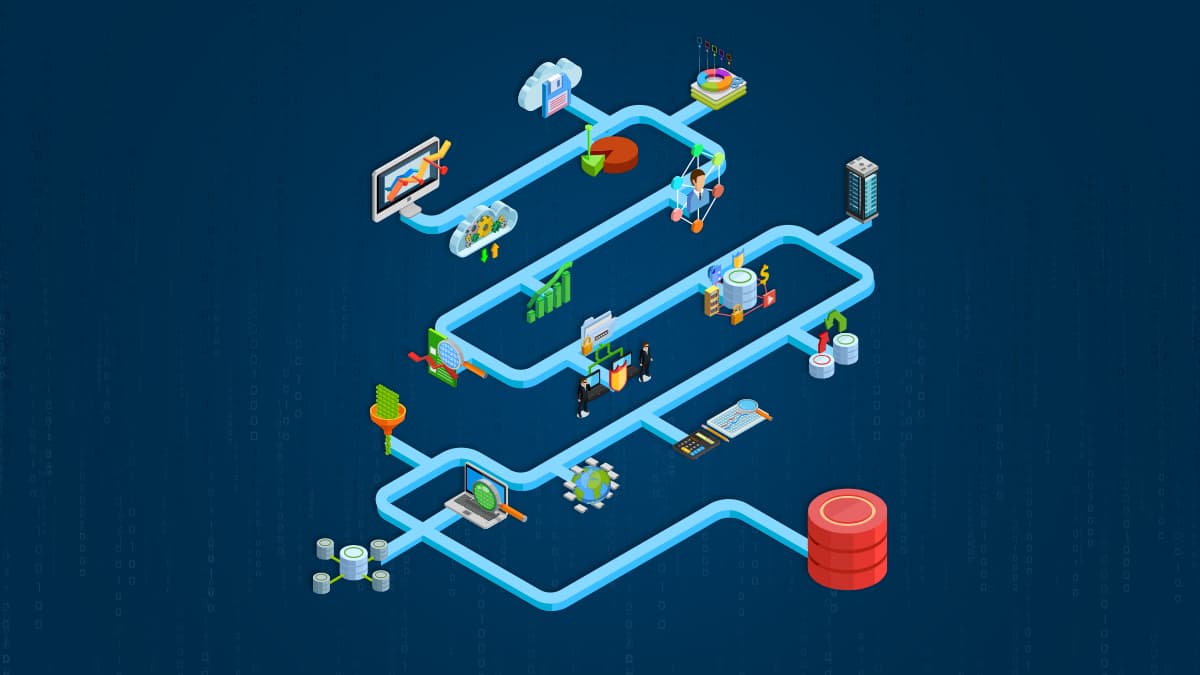Documenting Data
Pipelines:
Best Practices for Reliable, Scalable Data Systems
By Dataoma Team • November 20, 2025 • 5
min read
Documenting data pipelines is essential for any team working with modern data platforms. Whether you
use Airflow, dbt, Snowflake, Kafka, or event-driven architectures, the success of your pipelines
depends not only on clean engineering, but also on clear, accessible, and up-to-date documentation.
Good documentation accelerates onboarding, reduces debugging time, improves collaboration, and boosts
trust in the data.
In this guide, you’ll learn how to document data pipelines effectively, from high-level architecture
to operational runbooks.
1. Create Clear High-Level Architecture Documentation
A strong documentation foundation begins with a holistic view of your data ecosystem. New team
members should understand how data flows through the system within minutes, not hours.
What to include in architectural documentation
Data Collected – Describe data sources, refresh frequency, ownership, and the
business problem addressed.
Technology Stack – List ingestion, transformation, orchestration, storage, and
consumption tools (e.g., Airflow, Dagster, dbt, Kafka, Snowflake).
System Flow Diagrams – Visualize the path: Source → Transformations → Storage →
Consumption
Why high-level documentation matters
Reduces onboarding time
Helps engineers understand dependencies
Provides a shared language across teams
Simplifies future redesigns or migrations
2. Streamline Your Pipeline Tooling
A minimal, well-chosen tech stack is easier to document and maintain. Reducing the number of tools
results in fewer integration issues, fewer edge cases, fewer systems to maintain, and fewer
documents to update.
Recommended streamlined flow: Source → Transformation → Storage → Consumption
Standardization reduces cognitive load and boosts team productivity.
3. Tests Are Documentation and Documentation Is Tests
Tests communicate how your pipeline behaves far more clearly than long text explanations. They show
exactly what enters a pipeline and what comes out.
Best practices
• Unit tests for deterministic, small transformation logic
• Integration tests covering end-to-end pipeline behavior
• Versioned sample input/output data (e.g., tests/fixtures/)
• Readable, representative fixtures mirroring real-world cases
Tests act as living documentation, ensuring pipelines stay robust as they evolve.
💡 Special tip: Tools like Dataoma can auto-detect business rules
and turn them into testable assumptions (e.g., no NULLs, Age > 18, identifiers are unique), keeping
documentation aligned with actual data behavior.
4. Build Strong Operational Documentation
Operational documentation explains how to run, debug, and monitor your data pipelines. It is critical
for incident response and on-call rotations.
What to document
How to manually run pipelines
Common failures and error patterns
Incident runbooks
Known limitations or edge cases
Links to monitoring dashboards and alert rules
If an issue happens once and might happen again document it.
5. Automate Documentation Whenever Possible
Automated documentation stays fresh and reduces manual workload.
Warehouse-generated schema references
dbt documentation for lineage, tests, and model details
Auto-updated data catalog or discovery platforms like Dataoma
Automation ensures consistency and reduces maintenance overhead.
6. Document When It Matters
Documentation is valuable, but documenting too early can waste time, especially on pipelines that will
soon change.
When not to document heavily:
• The pipeline is experimental
• Data is collected for exploration or validation only
• The business case may evolve or disappear
• You’re rapidly prototyping for stakeholders
Focus documentation effort where ROI is highest: stable, production-critical pipelines.
💡 Special tip: For fast insights without heavy documentation, tools like
Dataoma Summaries can automatically surface important metadata and patterns.
Final Thoughts
The best data engineering teams treat documentation as a core part of their workflow. When done well,
documentation:
• improves reliability
• strengthens trust
• accelerates onboarding
• reduces debugging time
• supports scalable data operations
By applying these best practices; clear architecture, strong testing, streamlined tooling, operational
readiness, and strategic automation, you’ll build a data ecosystem that is maintainable, trustworthy,
and future-proof.
Your future team (and your future self) will thank you.
Try Dataoma free →
